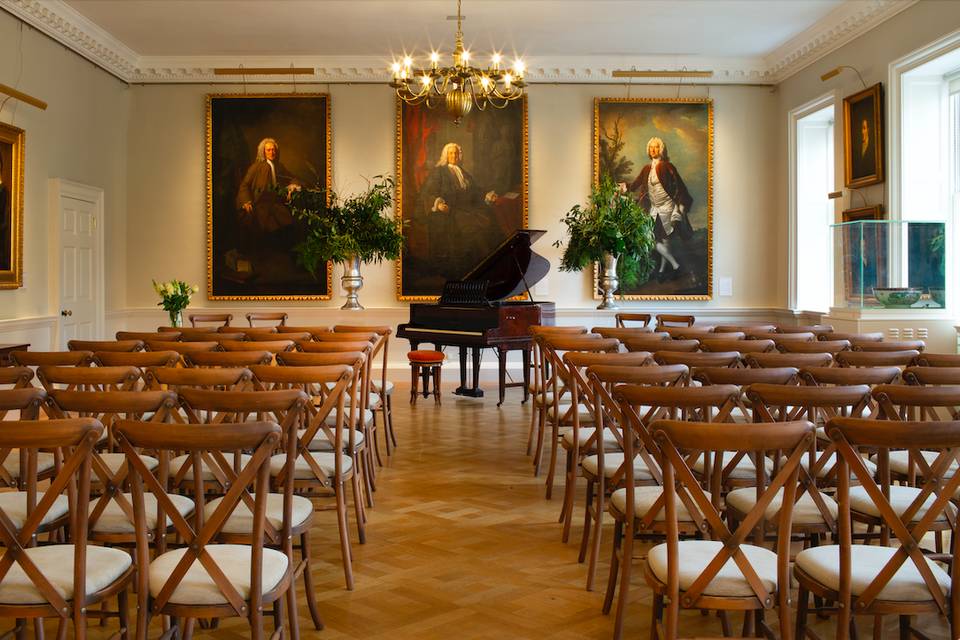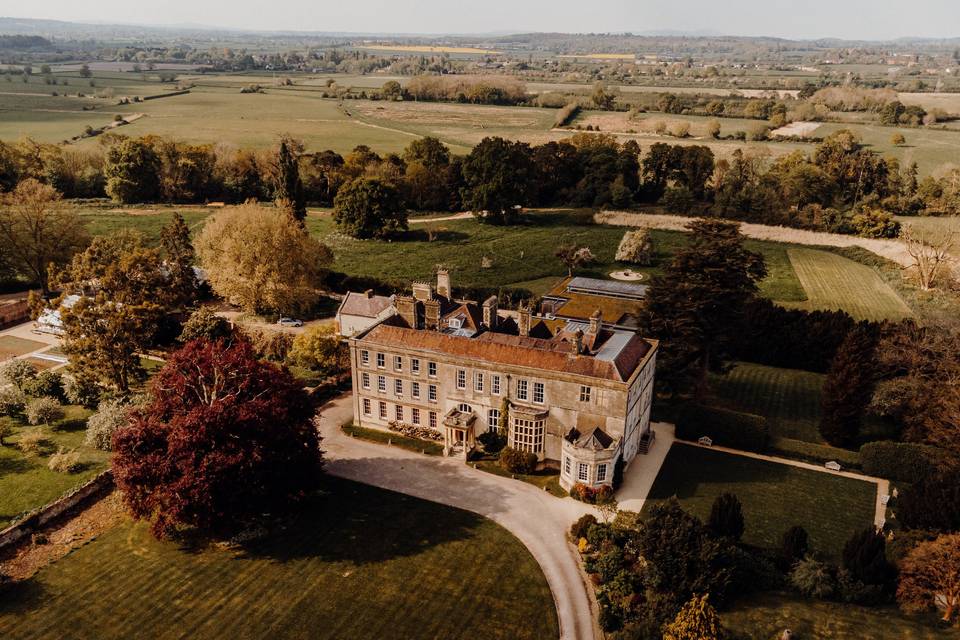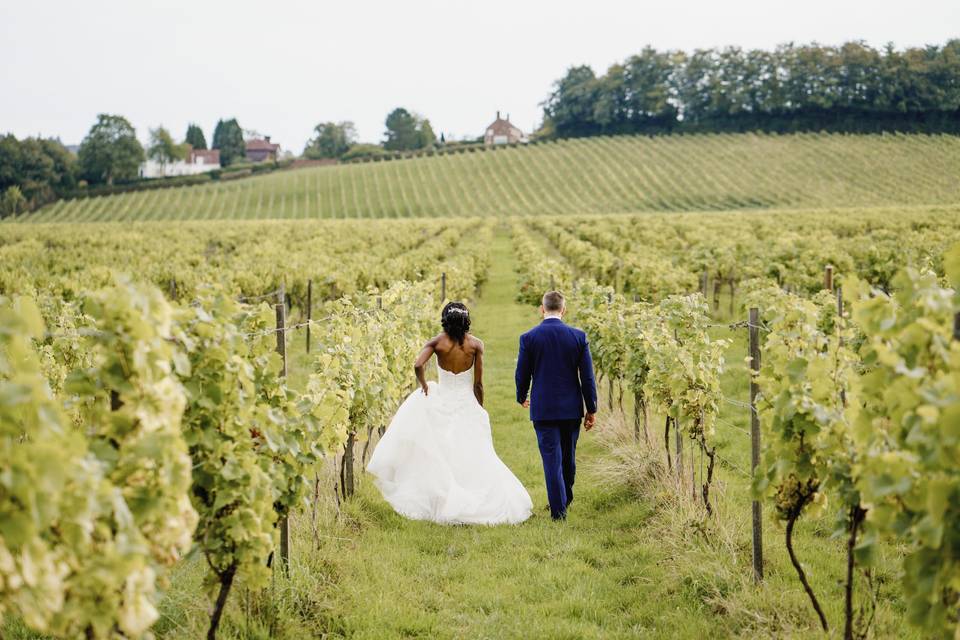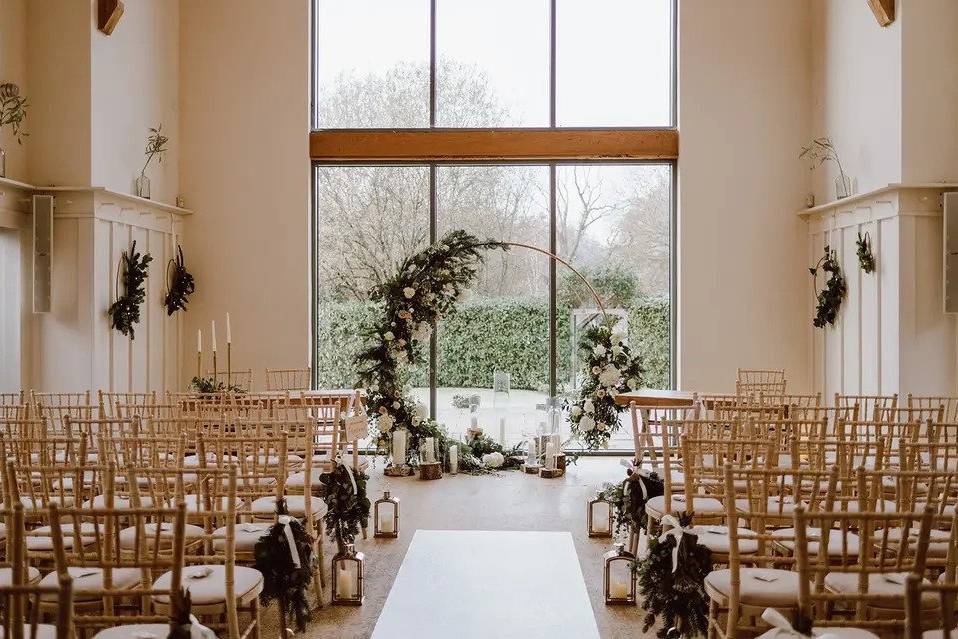Everything You Need to Know About Greek Wedding Traditions
Been invited to a Greek wedding? Here are the Greek wedding traditions you need to know about (that you may not have learned from the movies…)
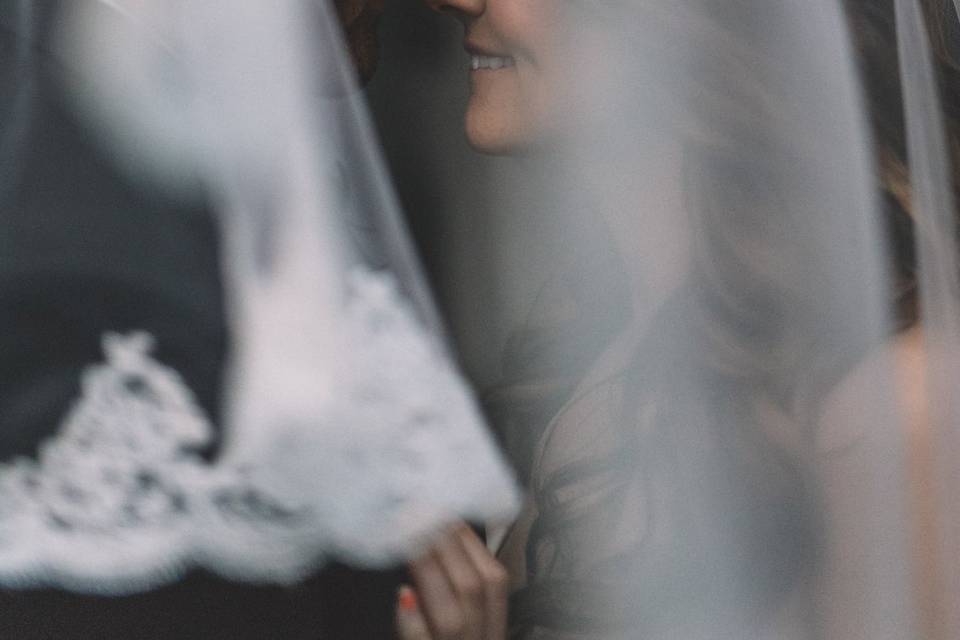
Ya mas! If you’ve been invited to a Greek wedding, it’s definitely cause to celebrate – you’re in for a lot of fun, and the festivities begin early (at least a week before the wedding). While Greek weddings have often been portrayed on the big screen, there are many Greek marriage traditions that you may not be aware of, and a few that are well known in popular culture but that have fallen out of favour IRL – namely, plate smashing.
Greek weddings are joyful and inclusive affairs with abundant food, drinks and dancing and plenty of unique customs that are steeped in ancient history and heritage. Whether you’re attending a formal Greek Orthodox wedding or a secular Greek wedding, you’ll likely encounter more than a few of the following Greek wedding traditions both before and during the big event.
From what to wear to wedding presents to give and exactly what goes down at a Greek wedding reception, read our ultimate guide to Greek weddings as soon as you send the RSVP. You’ll need some time to sort a seriously chichi outfit for starters – Greek wedding specialist and planner Tracy of The Wedding Travel Company emphasises that dress codes normally adhere to a “the fancier, the better” ethos. Plan that shopping trip (or rent a killer outfit), then settle in to learn all about what awaits you.
READ MORE:
- Made In Chelsea's Lucy Watson and James Dunmore Secretly Marry in Greek Ceremony
- Getting Married Abroad: Everything You Need to Know
- 23 Wedding Traditions You Can Skip
Are Greek Weddings Big?

In a word – yes. Tracy is a Greek wedding pro both personally and professionally, having married into a Greek family, lived in Greece for many years and organised countless Greek weddings. Guest lists are almost always on the large side according to Tracy, who highlights that Greek weddings are a community event.
“The families' houses are often decorated in celebration of the upcoming marriage the week beforehand and neighbours will pop in to wish the couple well.” The walk to the church or wedding venue is equally convivial – “the bride walks with her family, bridal party and friends, typically serenaded by a band or musician along the way with onlookers cheering and clapping. The groom will then be waiting at the door of the church with the bride’s bouquet, ready for them to walk down the aisle together”.
“Once the ceremony has begun, it’s common for locals to gather at the back of the church to watch the wedding and show the couple their support and love.” As for the guests attending the reception too, Tracy explains that it’s an ‘all in’ affair, as “having separate day and evening guests is almost unheard of in Greece – everyone tends to be invited to everything!”. That said, couples often strive for an uneven number of guests as odd numbers are considered lucky in Greek culture owing to the fact that they can’t be divided.
READ MORE: 23 of the Best Wedding Venues with Large Capacity
What Happens at a Greek Wedding?

The exact running order and ceremony structure will depend on whether you’re attending a traditional Greek Orthodox wedding or a secular wedding. A secular Greek wedding is likely to include some Greek marriage traditions (without a religious element) whereas a Greek Orthodox wedding is more formal and follows a liturgy.
A Greek Orthodox wedding takes place in an Orthodox church between a Greek Orthodox couple, with both the best man (known as the koumbaro) and maid of honour (known as the koumbara) also being of Greek Orthodox faith, although other bridesmaids and groomsmen don’t need to be Orthodox. Much of the ceremony will also be spoken in Greek liturgical language according to Tanya, but rituals and symbolism are often explained to non-Orthodox guests by the couple or priest beforehand.
Go prepared for Greek weddings of all kinds by swotting up on a few common wedding traditions to expect.
Shaving the Groom
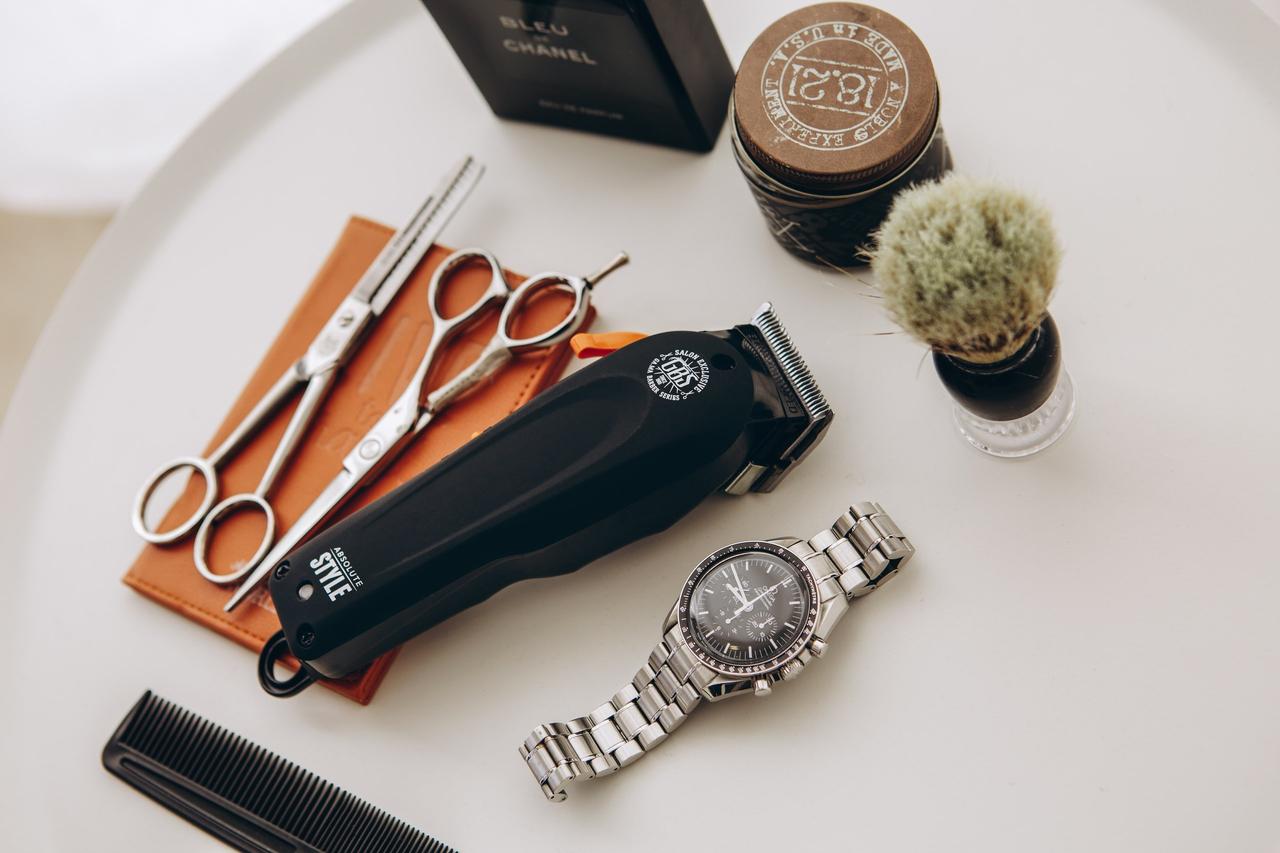
It’s traditional for the koumbaro to wet shave the groom on the morning of the wedding. This is very much optional depending on the beard status of the groom and the skill of the koumbaro, but the responsibility for getting the groom suited and booted lies firmly in the koumbaro’s camp.
The Delivery of the Bride’s Shoes
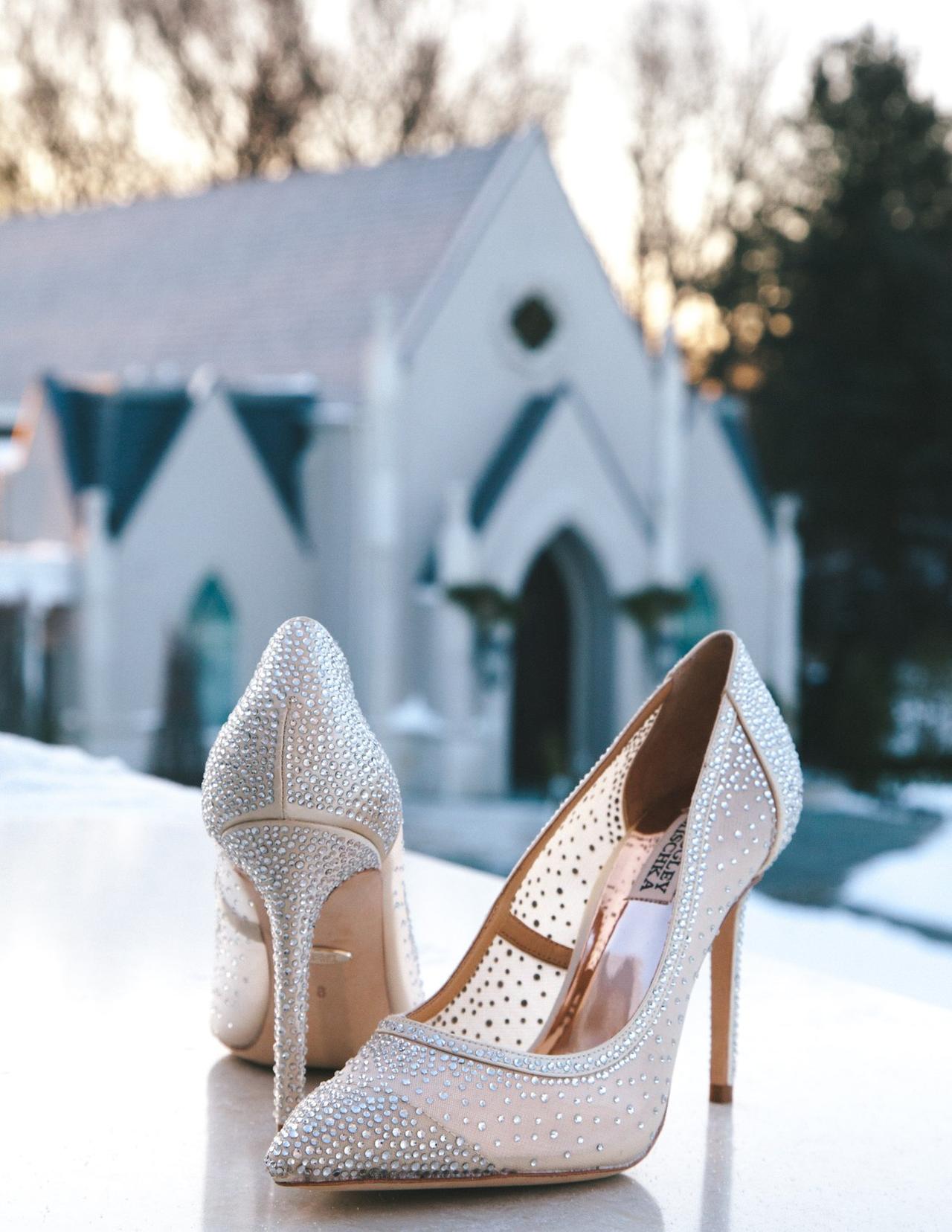
The koumbaro has a busy day in store – it’s also customary for him to deliver the bride’s wedding shoes to her, as a gift from the groom. The koumbaro arrives as the bride is getting ready and traditionally the bride insists that the shoes are too big, so the koumbaro fills them with money until they fit.
READ MORE: 38 Designer Wedding Shoes That Are Worth Blowing the Budget For
Lighting the Candles
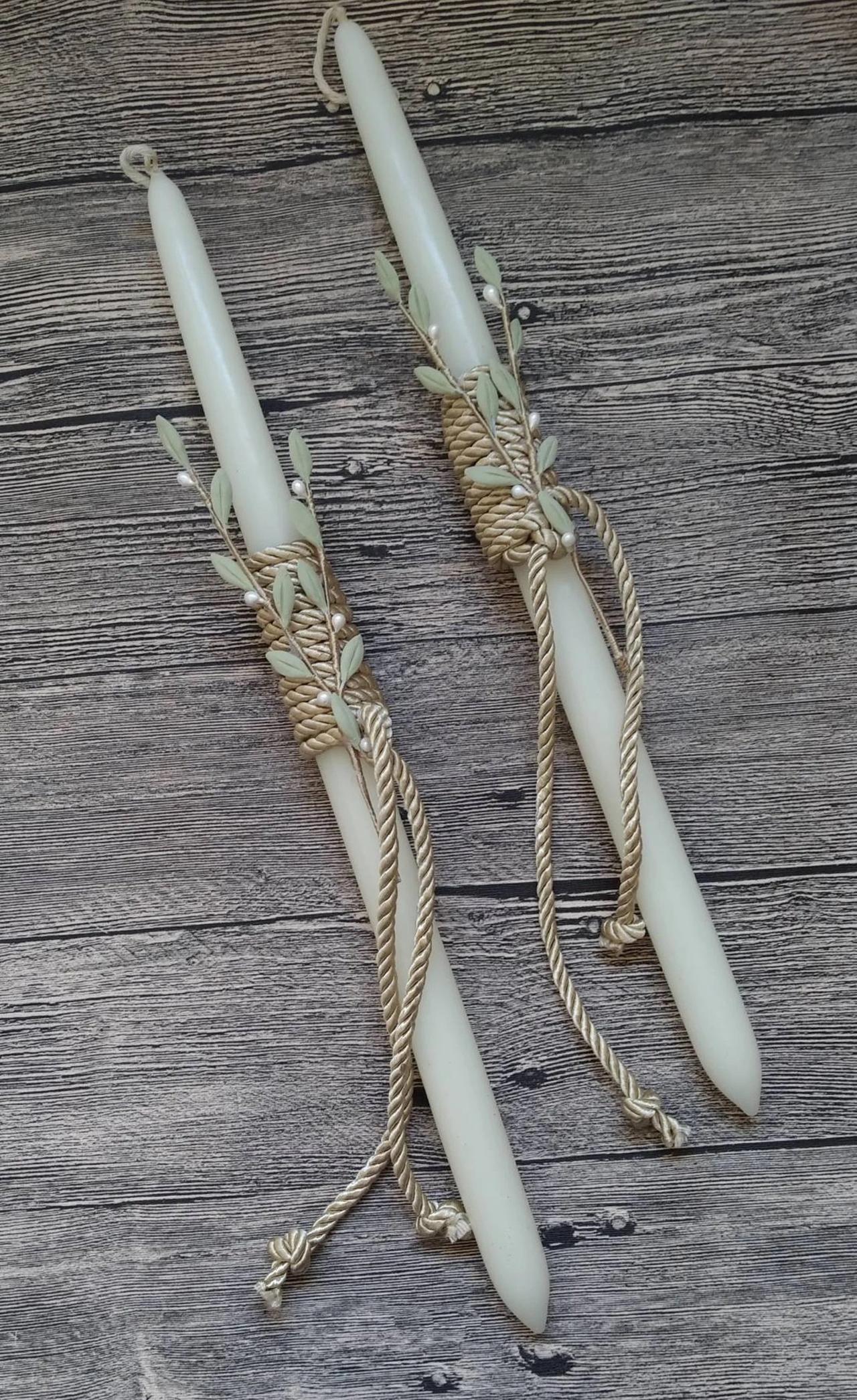
Once the couple has arrived at the church or chapel and the ceremony has begun, they’re each given decorated long candles called lambades to hold. The candles represent the light of Christ, which will remain with them throughout their marriage.
The Giving of the Rings
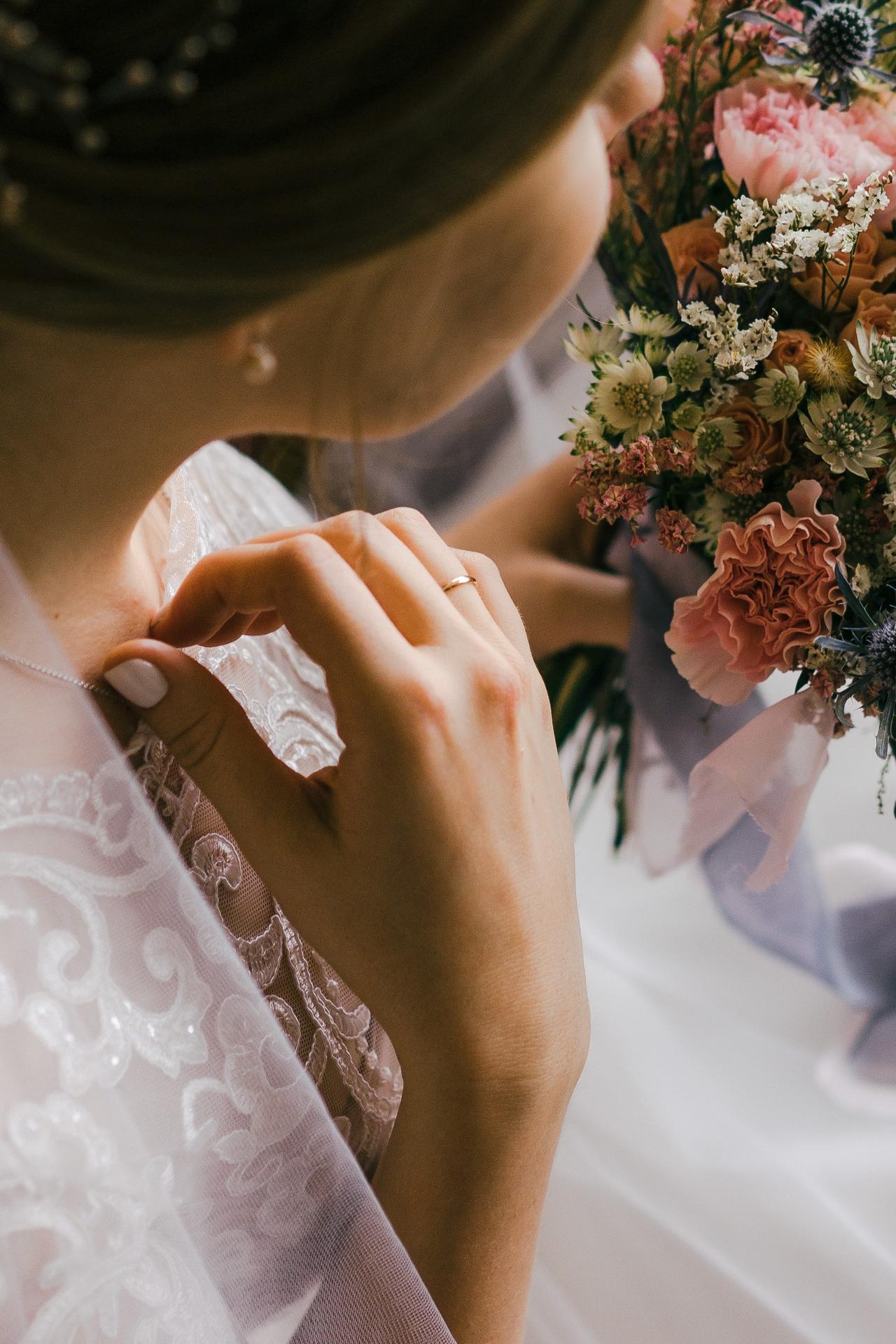
On getting engaged, a priest will traditionally bless the couple’s rings which they’ll wear on their left hand until they get married. On their wedding day, the rings are blessed again (three times, to represent the Holy Trinity) and placed on the couple’s right hand. In Greek Orthodox belief the right hand conveys truth and strength, with many Biblical figures having worn rings on their right hands. The koumbaro then exchanges the couple’s rings three times to symbolise their union.
Stéfana Crowns
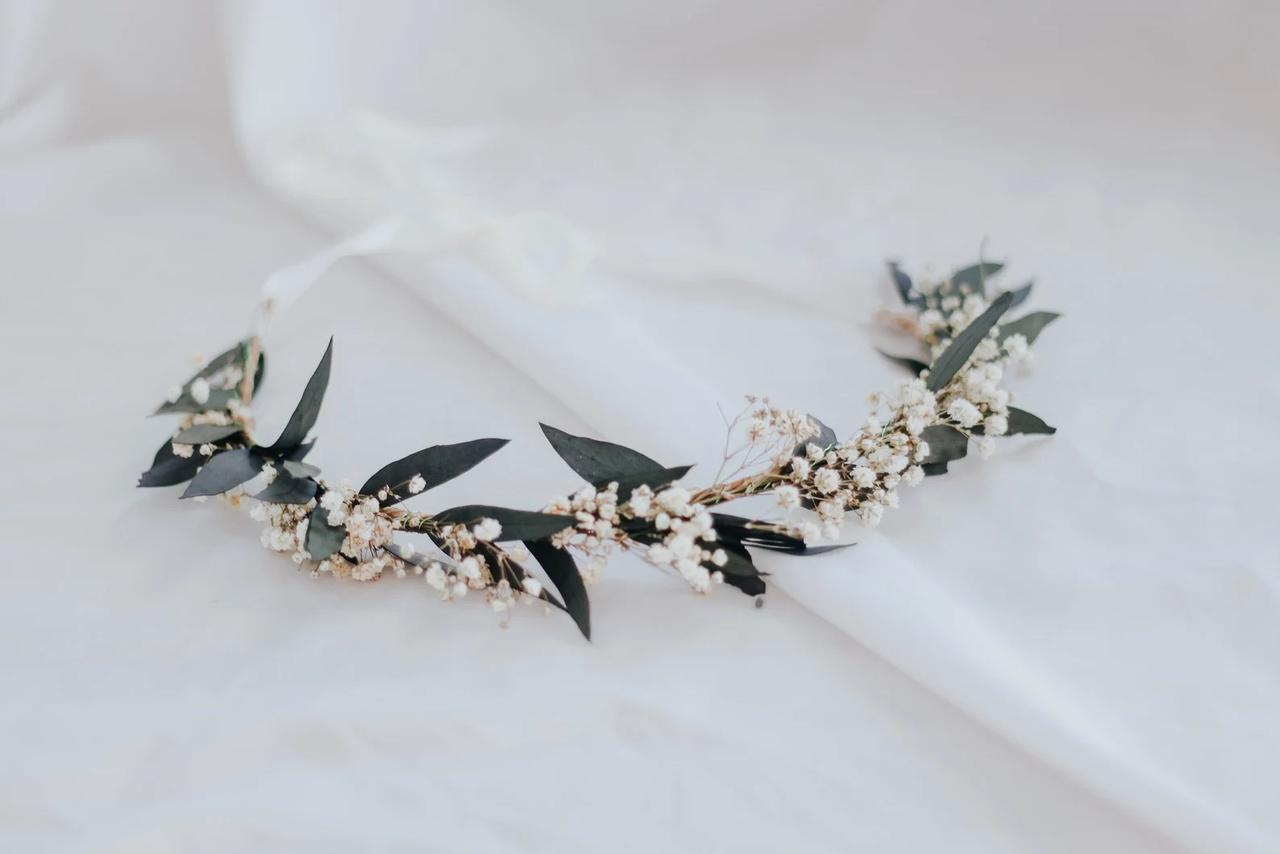
Perhaps one of the most well known Greek wedding traditions, the ‘crowning’ ceremony within a Greek Orthodox wedding ceremony is an ancient practice whereby God crowns the bride and groom as the new heads of their household. The priest places a crown on each partner’s head, then the koumbaro switches the crowns three times between them in honour of the Holy Trinity.
Called stéfana, Tracey explains that the crowns “are wide circles, sometimes covered with flowers, which the priest ties together with a ribbon.” The couple will then keep their stéfana crowns in a designated crown case (called stefanothiki) to display throughout their wedding day and in their home afterwards.
The Common Cup

Kept on a silver tray during the wedding ceremony, alongside the wedding rings and stéfana crowns, the common cup is a goblet filled with wine that both the bride and groom drink from following the readings. The final reading in a Greek Orthodox ceremony refers to Jesus’ first miracle of turning water into wine at the wedding of Cana in Galilee, so the couple drink from the same cup to reference this.
The Dance of Isaiah
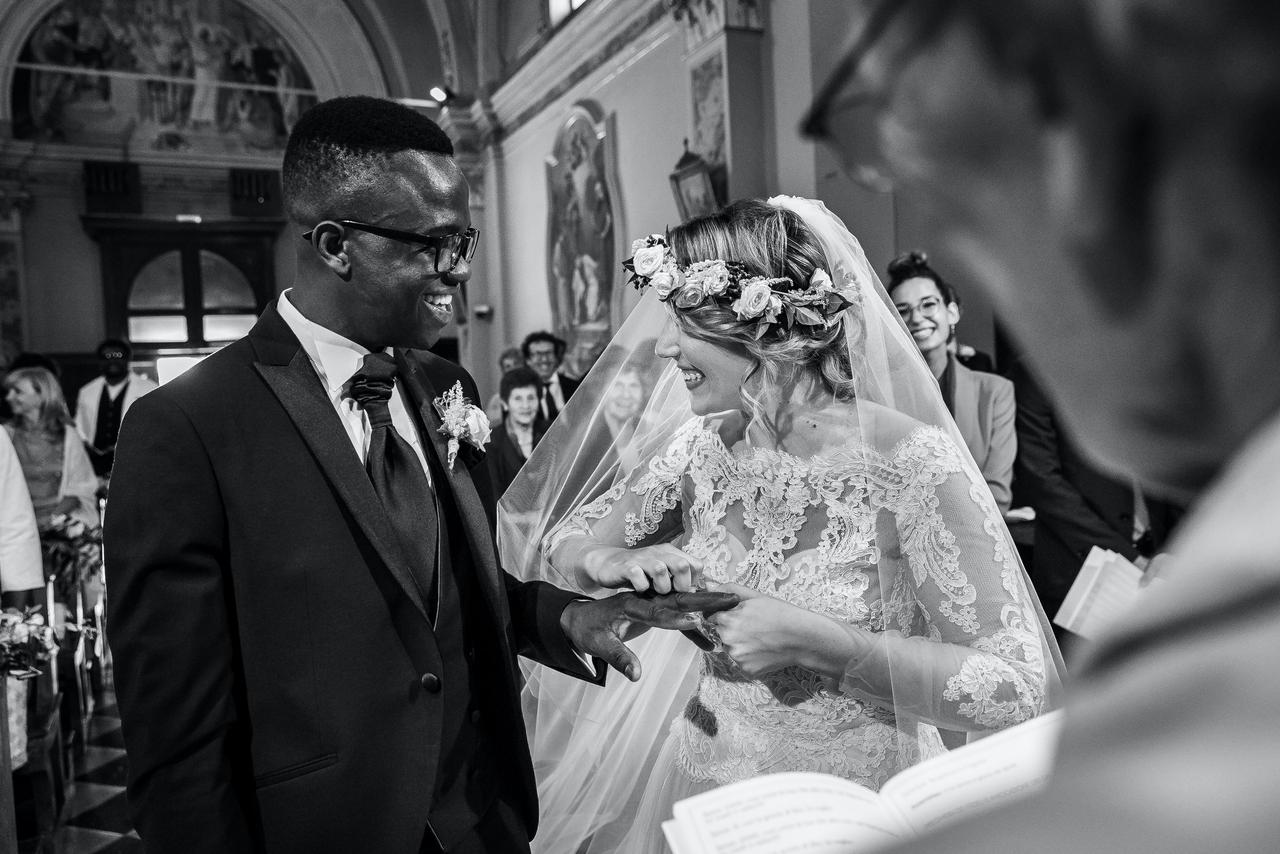
“After the readings and once the couple has been crowned, the priest then leads them around the altar three times to seal the union”, says Tracy. The koumbaro will follow behind the couple, holding the ribbons joining the crowns as the couple take their first steps into married life (this is the ‘dance’).
Throwing Rice

“It’s traditional for guests to throw rice at the couple for good luck, often before their marriage had even been officially announced by the priest!”, explains Tracy. “While this does still happen in very traditional settings and rural areas, it’s becoming less common now as it’s tricky to clean up, particularly if there’s more than one wedding that weekend at the church”.
It was also customary for the koumbara and bride’s family and friends to throw rice on the marital bed before the wedding, alongside making it up and even rolling a baby along it to boost the couple’s chances of conceiving. This Greek wedding tradition is called krevati but it has also largely fallen out of practice in the modern day.
Martyrika
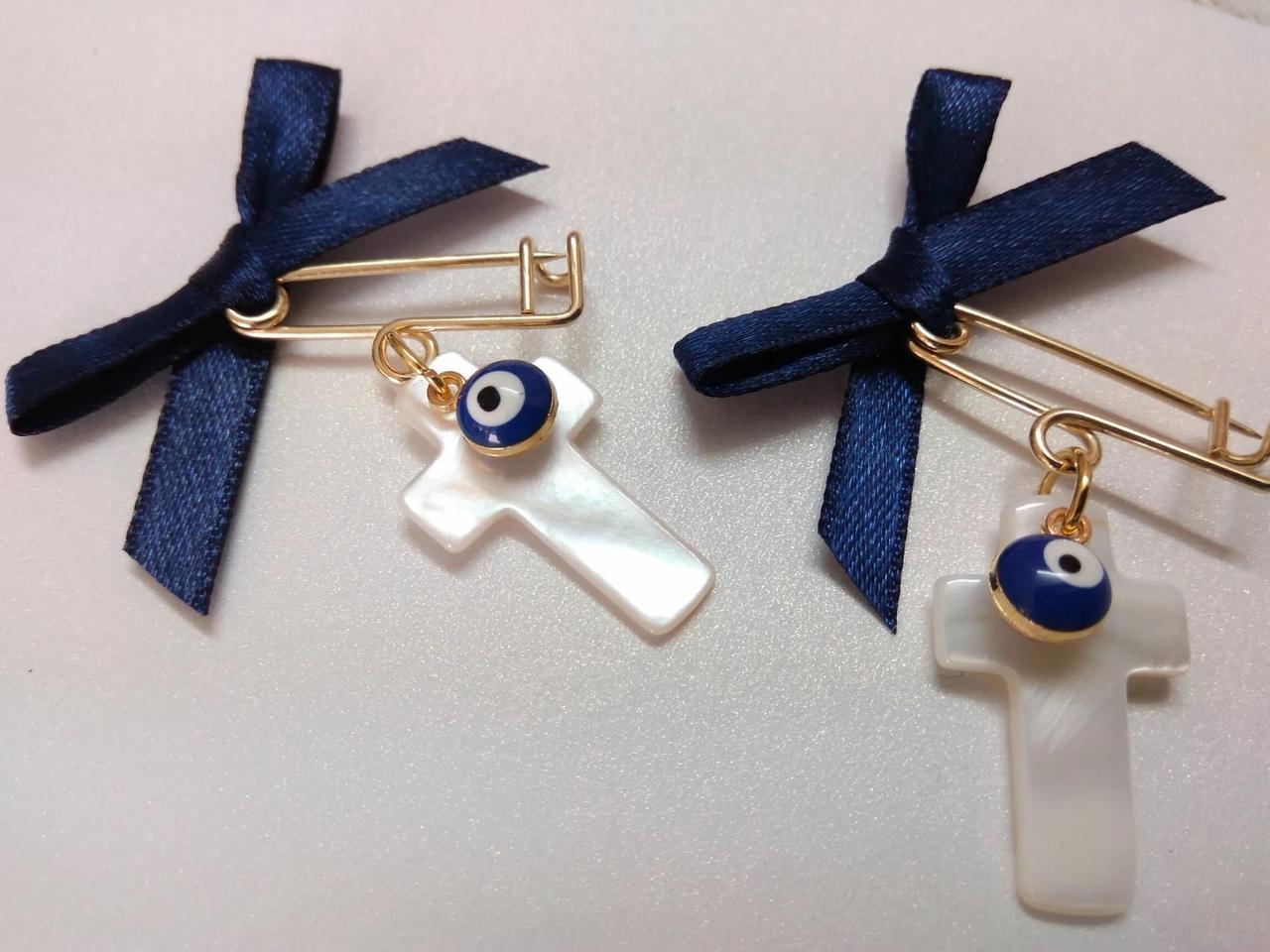
Martyrika are small ribbonned pins handed to wedding guests by the koumbaro and koumbara after the wedding ceremony to designate guests as witnesses to the marriage. Traditional colours for the martyrika are white, blue and pink and they can be personalised to the couple or simply embroidered with a small cross to mark the marriage.
Bomboniera

Expect sweet wedding favours at Greek ceremonies – little bags of sugared almonds (called bomboniera) are handed out to guests. The almonds combine bitterness with a sugary outer coating to keep life sweet for the couple. “They symbolise health, wealth and love and there’s always an uneven number of almonds in the bag to signify that the couple are indivisible”, says Tracy. The hard outer coating of the almonds denotes the lasting strength of the marriage while the white egg shape represents fertility.
READ MORE: 58 of the Best Unusual Wedding Favours
Do Greek Weddings Have Vows?
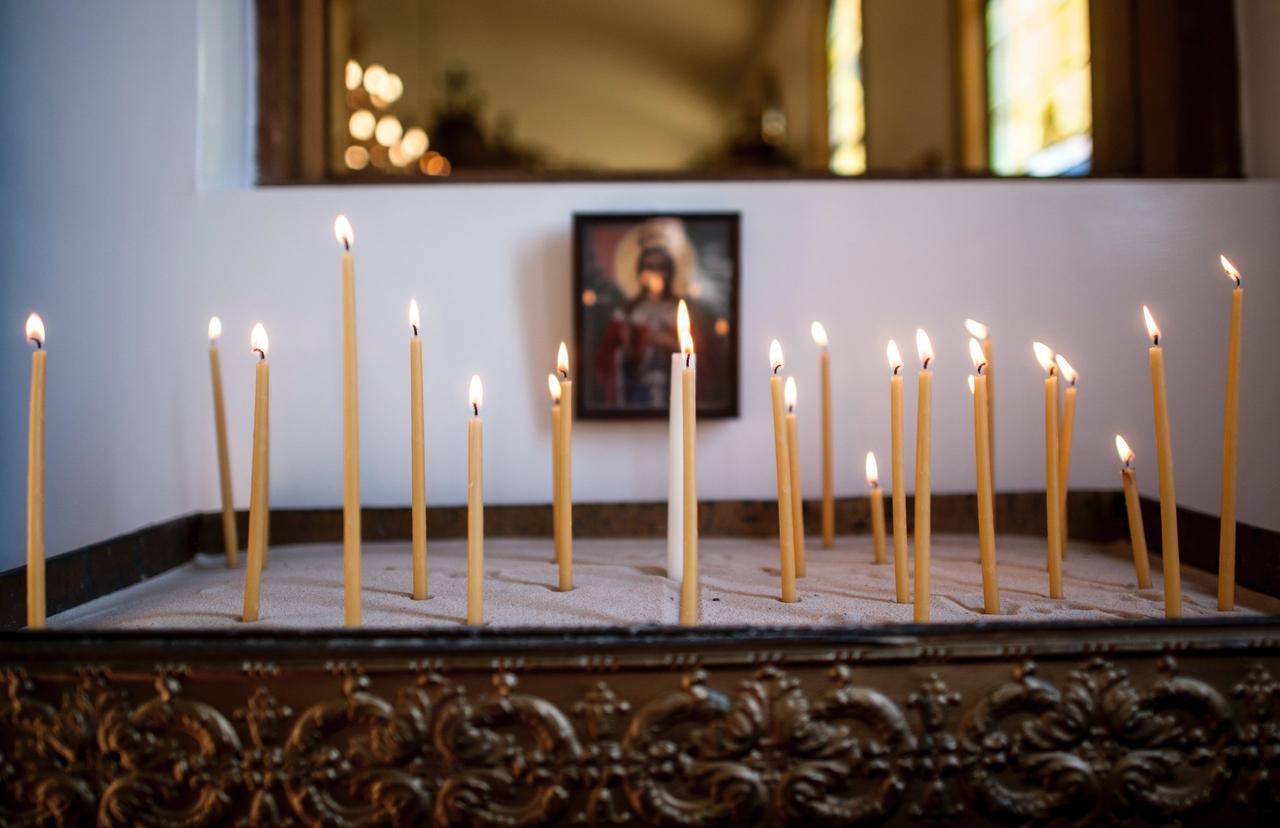
No – instead of facing one another the couple makes their promises to God. That said, during a reading where the bride is encouraged to fear her husband, the bride traditionally stamps on the groom’s foot to express her disagreement and establish that she will have the upper hand.
How Long is a Greek Wedding?
Greek Orthodox ceremonies tend to last anywhere between 45 minutes to an hour to complete the liturgy. Secular weddings are more flexible in terms of timing.
What Should I Wear to a Greek Wedding?

If in doubt, Tanya’s advice is to dress to the nines. “Greeks love to dress up and the entire congregation looks so beautiful – Greek weddings rarely call for informal or casual outfits”. “Men dress very smartly and women often wear formal long dresses, sometimes incorporating a dress change for the evening reception”.
If you’re attending a Greek Orthdox wedding, be mindful to “cover your shoulder and the tops of your arms. It’s generally a good idea not to wear anything too revealing inside the church – many Greek women bring wraps that match their outfits for the religious ceremony.”
READ MORE: 42 Best Wedding Guest Dresses & Outfits to Shop Now
What is a Greek Wedding Reception Like?
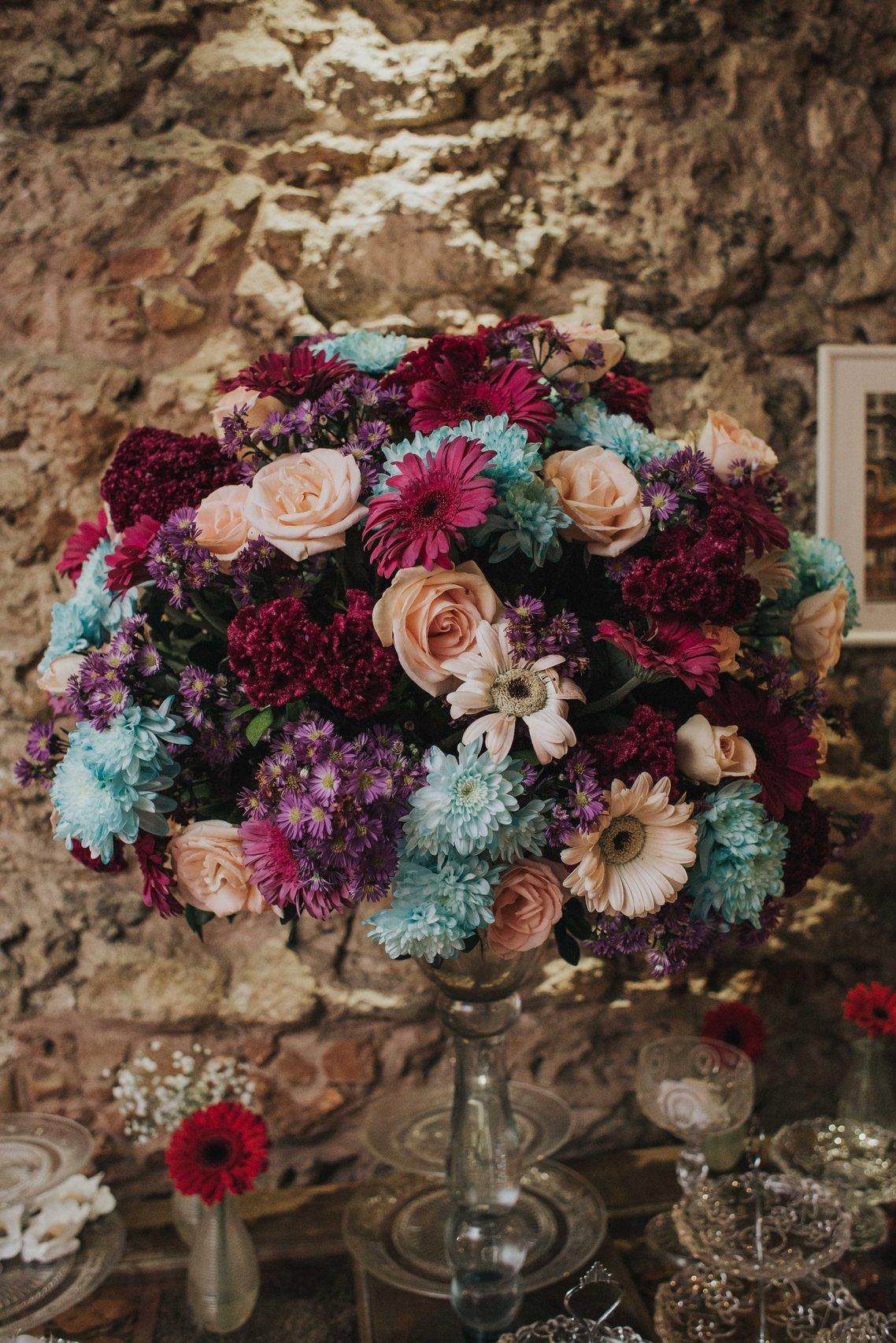
Large and very, very merry according to Tanya. “Greek wedding receptions normally feature a Greek band who mixes traditional Greek music with modern European styles. The band plays for a set amount of money and the guests pay the band throughout the evening – famous Greek songs tend to bring in the most cash!”. There are traditional men’s dances (zeibekiko), when all of the men get up to dance, and women’s dances too (kalamatiano). Both involve the bride and groom taking centre stage with guests holding hands and encircling them. Instead of a first dance, the last dance of the night is reserved for the bride and groom.
Guests will also ‘spit’ on the couple three times for good luck during the wedding by making a ‘ptou’ sound – there’s no actual spitting involved. During the wedding reception the koumbara and bridesmaids and koumbaro and groomsmen pass around ribbons for guests to sign as a memento for the bride and groom too.
Finally, Tanya highlights that the often opulent floral centrepieces on each table are normally up for grabs (although definitely double check that before legging it with a pricey bunch of flowers).
“Floral centrepieces are usually amazing displays and the couple frequently invite guests to take them home. Sometimes this is done by handing a napkin around the table to music – when the music stops, the person holding the napkin takes the centrepiece. It can also be done by adding a ‘marker’ under a plate on the table – look under your plate to check whether you’re the lucky recipient”. Tanya also emphasises that the practice can get a little competitive. “The floral displays can cost hundreds of euros and you’ll get to take the vase home too. It’s not uncommon for Greek aunties to go around the tables at the end of the evening to nab any unclaimed flowers.” You’ve been warned.
READ MORE: 50 DIY Wedding Centrepieces You Can Easily Copy
What is Eaten at a Greek Wedding?
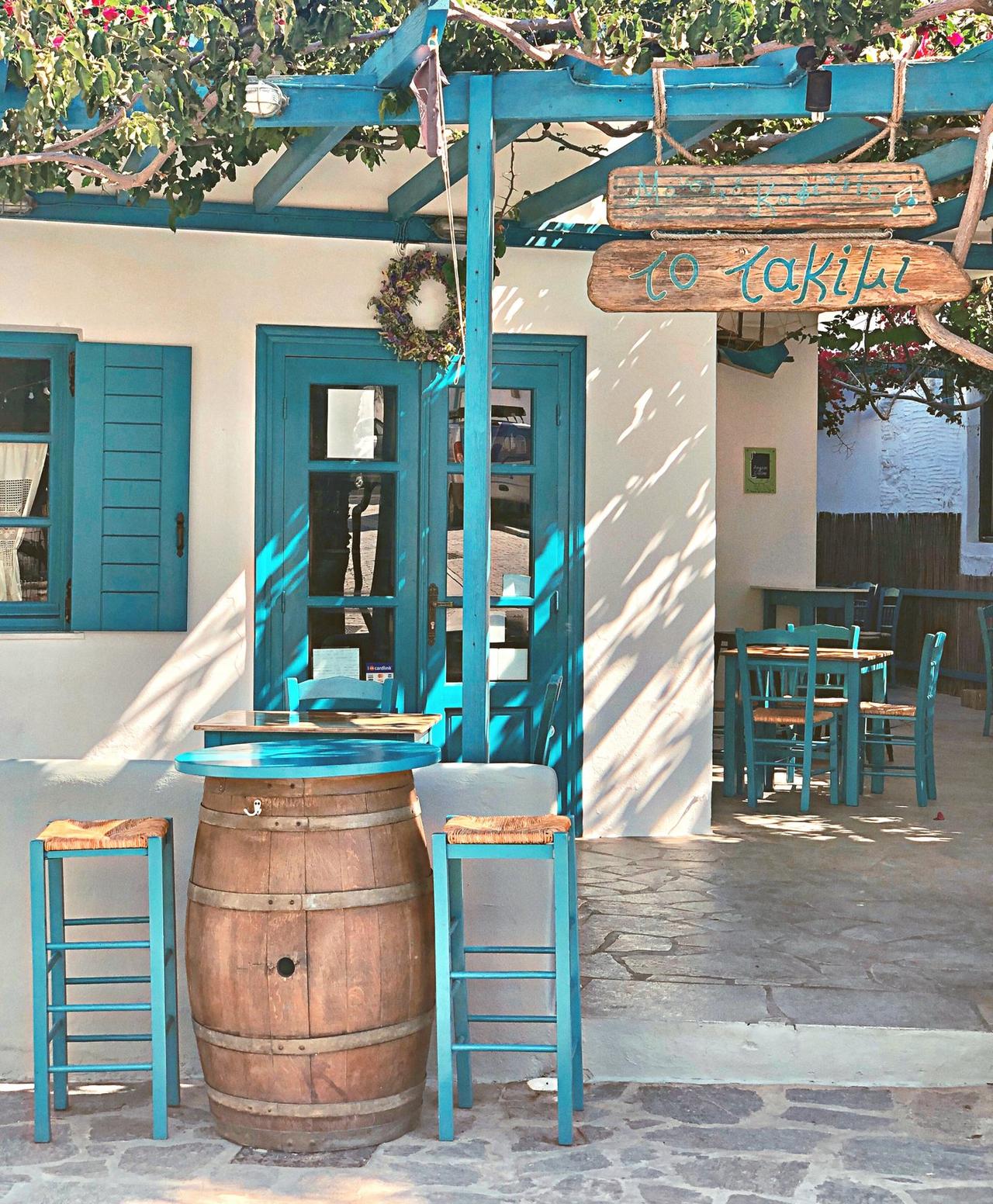
Come hungry – Tanya emphasises that “Greeks are generous and love to eat!”. “Expect lots of canapés and the food served will depend on where the wedding is being held as specialist dishes vary from island to island. Some wedding feasts might take place at a local taverna with rustic dishes that are reflective of the land and sea, while weddings in large hotels in Athens, for example, could feature a more continental menu”.
There’s often no expense spared when it comes to raising a glass too. “Guests generally don’t pay for drinks at a Greek wedding”, says Tanya. “There’s normally plenty of wine and beer on offer and it’s not uncommon to have bottles of vodka, whisky and gin with mixers in the middle of the table for guests to help themselves. The drinks are then replenished throughout the evening.”
What Type of Gift Should I Give at a Greek Wedding?

Gift giving is baked into reception according to Tanya – gift lists aren’t common. “Newlyweds will dance wearing a sash and guests pin money onto it. It used to be the case that money was pinned to the bride’s dress but this is less common now as wedding gowns are so expensive!”. “The koumbara and bridesmaids can often be seen wearing pin cushions around their wrists with pins for guests to use and it’s the responsibility of the koumbara and koumbaro to gather any money that falls onto the floor to give to the couple at the end of the evening.”
“The koumbaro often wets a 50 euro note and smacks it (*gently) onto the groom’s forehead and the koumbara sometimes takes an offering for guests to write their names on the couples’ individual ribbons, depending on family traditions. The money is intended to set the couple up in their new marital home”, explains Tracy. It’s worth mentioning that the koumbaro and koumbara essentially become part of the family through their role in the wedding – they often pay for the decoration of the church and will go on to become the godparents of the couple’s children, should they have kids.
Planning a break after the Greek wedding? Check out the best places to stay for a Greek honeymoon (or just a swanky holiday).

